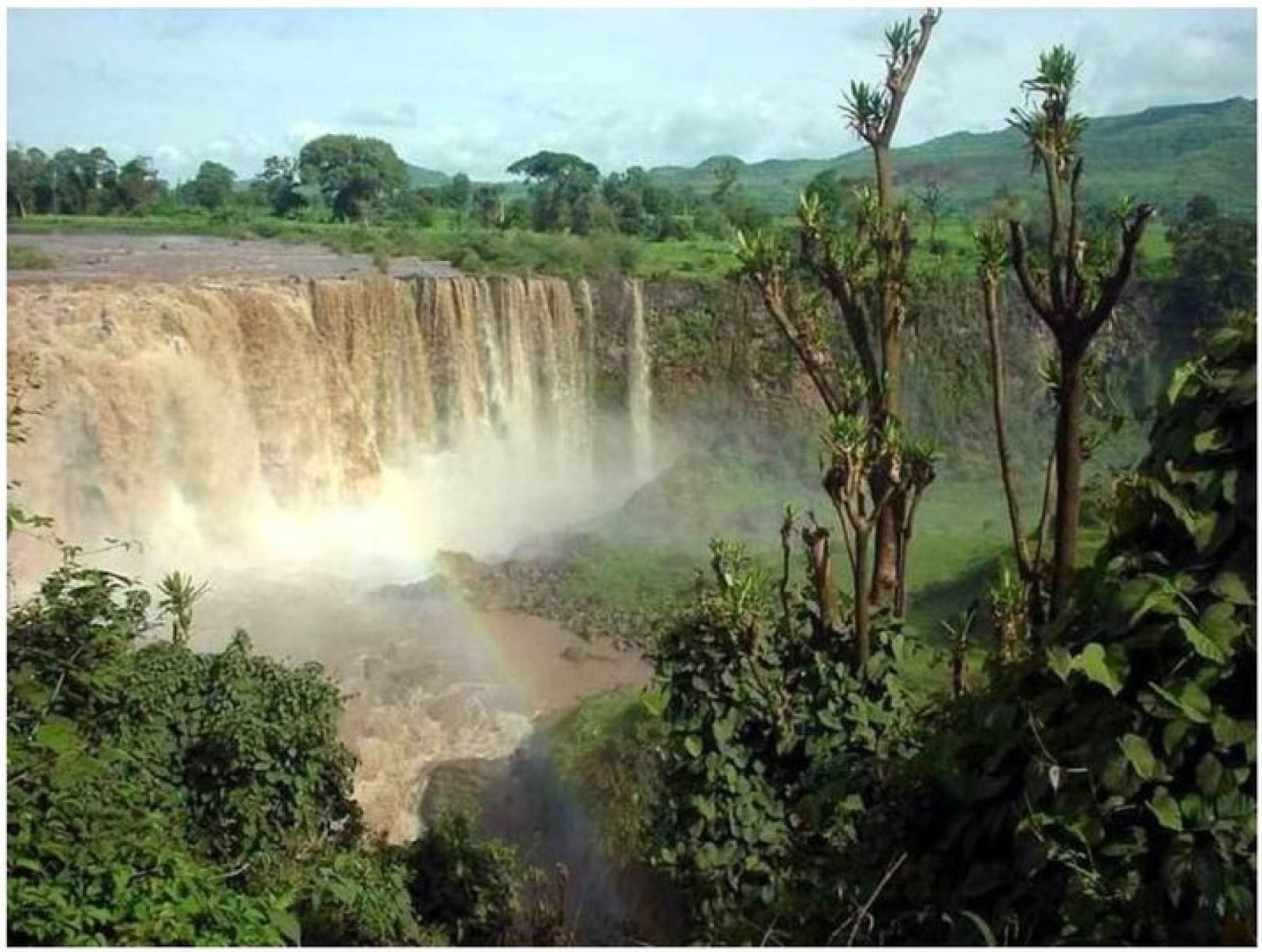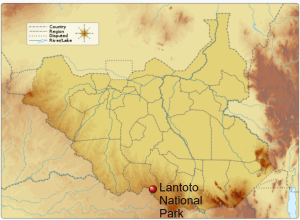
Radon National park

Radom National Park (alternate Al-Radom Reserve;[1] Arabic: محمية الردوم الطبيعية) is a biosphere reserve in South Darfur, Sudan, Africa. This area is still very much being argued over, so it is questionable about which country that this will end up in (between Sudan and South Sudan). This is because the area of Kafia Kingi, which makes up the vast majority of the National Park, was to be transferred to South Sudan through the Comprehensive Peace Agreement of 2005. However, Sudan is still holding some weak control over the area. The area has become a safe haven for smugglers since.
The Park is 1,250,970 hectares (3,091,200 acres) in size.The Adda and Umblasha Rivers form the park’s northern and southern boundaries. Contiguous to Radom is the Andre Felix National Park of the Central African Republic. Established as a park, it was designated in 1979 as a member of the World Network of Biosphere Reserves.
Rivers, streams, and permanent pools cover much of the park, which is characterized as a wooded savannah. Approximately 90% of the habitat is shrubland, while the remainder is forest. THere are a number of villages within the park, with the biggest being: Radom, Mesheitir, Bireikat, Um Gudul, Songo, al Hufra, Bimeza, Deim Gushara, Chili West, Majid, Dafag, Titribi, Kafindibei West, Kafindibei East, Amara, Um Hugaar, Kafiakingi, Karmandoura, and Shioulla.
The park has suffered from commercial game poaching. Subsequent to the country’s 1985 famine era, the Tora Hartebeest completely disappeared from the park. The defassa waterbuck has also disappeared from the park.